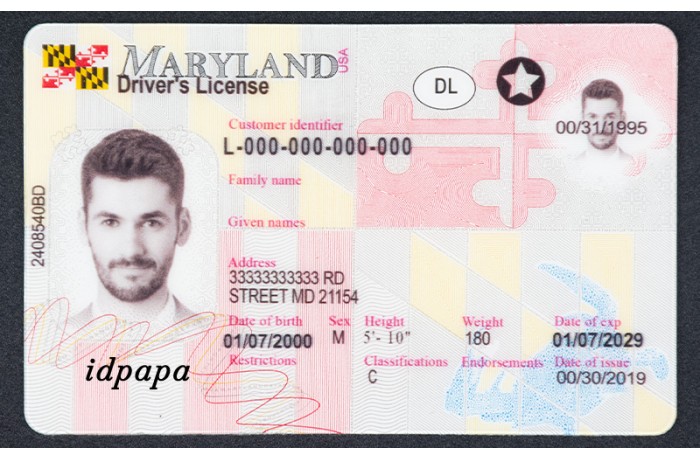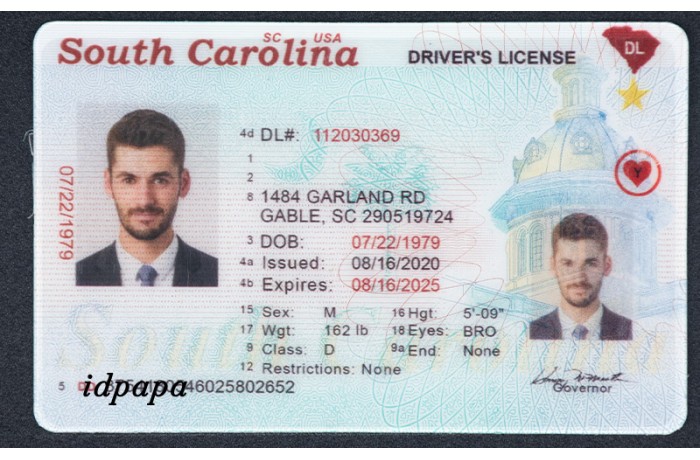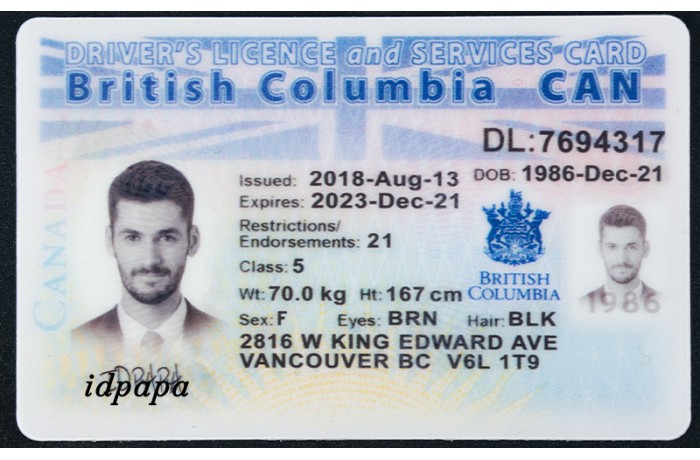How to Spot a Fake ID: A Guide for Parents and Business Owners
How to Spot a Fake ID: A Guide for Parents and Business Owners

Fake IDs have evolved from crude forgeries to sophisticated replicas, making them harder to detect than ever. For parents, the concern is safeguarding teens from legal trouble and unsafe situations. For business owners, especially in hospitality, failing to spot fakes can lead to fines, reputational damage, or even license revocation. This guide arms both groups with actionable strategies to identify counterfeit IDs and mitigate risks.
Why Spotting Fake IDs Matters
●For Parents: Over 30% of college students admit to using a fake ID, per a 2023 Journal of Adolescent Health study. These documents expose teens to scams, identity theft, and criminal charges.
●For Businesses: Serving minors can result in fines up to $10,000, lawsuits, or permanent closure. A single oversight can devastate a venue’s reputation.
Physical Signs of a Fake ID
Whether you’re checking your teen’s wallet or a customer’s license, start with these visual and tactile clues:
1.Holograms and UV Features
○Real IDs: Have intricate, state-specific holograms (e.g., a rising sun on California IDs) visible under light. Many also include UV patterns (e.g., state seals) that glow under blacklight.
○Fakes: Holograms may appear flat, lack detail, or use generic designs. UV features are often missing or poorly replicated.
2.Microprint and Fonts
○Real IDs: Use crisp, uniform fonts. Microprint (tiny text visible under magnification) should read clearly, not blur.
○Fakes: Text may be uneven, pixelated, or misspelled. Microprint often appears smudged.
3.Card Material and Edges
○Real IDs: Made of durable polycarbonate or PVC. Edges are smooth, not rough or peeling.
○Fakes: Feel flimsy, bend easily, or have uneven edges.
4.Photo Anomalies
○Real IDs: Photos are high-resolution, with consistent lighting and neutral backgrounds.
○Fakes: Photos may be grainy, poorly cropped, or show unnatural shadows.

Digital Verification Tactics
Technology is a game-changer for businesses. Pair physical checks with these tools:
1.Barcode and Magnetic Stripe Scanners
○Scan the ID to verify encoded data (e.g., birthdate) matches the front. Fake IDs often have unreadable or mismatched data.
2.AI-Powered Verification Systems
○Platforms like IDPAPA use machine learning to analyze IDs for tampering, flagging inconsistencies in seconds.
3.Biometric Checks
○Facial recognition software compares the ID photo to a live selfie, ensuring the holder is legitimate.
Behavioral Red Flags
For business owners, watch for these cues during interactions:
●Nervousness: Excessive fidgeting, avoiding eye contact, or rushed answers.
●Inconsistent Details: Hesitation when asked for a ZIP code or birth year.
●Group Dynamics: Minors often arrive in groups and may distract staff while one uses a fake ID.

For Parents: Is Your Teen Using a Fake ID?
Stay vigilant for these signs:
●Secrecy: Sudden password-protected phones or hidden wallets.
●Unexplained Spending: Cash withdrawals for “mystery” purchases.
●Social Media Clues: Follows accounts tagged with # OrderFakeID Tips or brags about “getting into 21+ events.”
How to Respond
●Open a Dialogue: Discuss legal and safety risks without confrontation.
●Monitor Activity: Use parental controls to flag suspicious online behavior.
●Offer Alternatives: Encourage teen-friendly events to reduce FOMO.
For Businesses: Proactive Prevention
1.Train Staff Regularly
○Host workshops on spotting fakes and role-play ID-checking scenarios.
2.Invest in Technology
○Tools like IDPAPA automate checks, reducing human error.
3.Stay Updated on Trends
○Follow industry forums to learn about new counterfeit tactics (e.g., “scannable” fakes).
Case Study: Bar Secured
A New York bar reduced fake ID incidents by 90% after training staff and deploying IDPAPA’s scanners. The system identified altered birthdates and mismatched barcodes, saving $30,000+ in potential fines annually.
Wrap Up: Vigilance Meets Innovation
Spotting fake IDs requires a blend of observation, technology, and ongoing education. Parents can protect their teens by fostering trust and awareness, while businesses can safeguard their operations with advanced tools like IDPAPA.
Stay one step ahead—because a single fake ID can change lives.
By combining traditional scrutiny with cutting-edge solutions, we can curb underage access and build safer communities. Whether at home or behind the bar, knowledge is the ultimate defense.![]()
![]()


